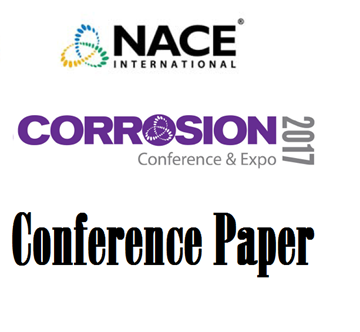Search
Products tagged with 'eis'
View as
Sort by
Display
per page
Exploring The Truth About Aluminium Flakes As Pigments In Corrosion Protective Coatings
Product Number:
51322-18194-SG
Publication Date:
2022
$20.00
Interfacial and Corrosion Characterization of Zinc Rich-Epoxy Primers with Carbon Nanotubes Exposed to Marine Bacteria
Product Number:
51317--9465-SG
ISBN:
9465 2017 CP
Publication Date:
2017
$20.00
Investigation of passive film formation on UNS N08935 in high chloride solution – Alternative method for advanced material selection
Product Number:
51323-19266-SG
Publication Date:
2023
$20.00
Recent Advances On The Influence Of Microstructural Characteristics On Corrosion Resistance In H2SO4 Of Anodized Titanium
Product Number:
51322-17589-SG
Publication Date:
2022
$20.00
Relating Changes in Electrochemical Properties to Barrier Property Changes of an Organic Coating System
Product Number:
51323-19314-SG
Publication Date:
2023
$20.00
Study for Quantification Method of Coating Degradation Mode Due to Outdoor Environmental Factors
Product Number:
51321-16373-SG
Publication Date:
2021
$20.00
The Performance of Phenolic Epoxy Coating after Thermal Exposure for Corrosion Protection in Marine Environments
Product Number:
51323-19046-SG
Publication Date:
2023
$20.00
Wet Tg: Understanding the Effect of Hot, Distilled Water on the Glass Transition Temperature, Barrier Properties, and Performance of Fusion Bonded Epoxy Coatings
Product Number:
51323-19470-SG
Publication Date:
2023
$20.00








